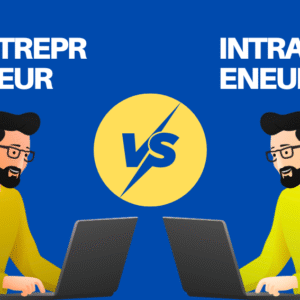Before you answer that, think carefully about your current recruitment and selection process or methodology. Do you even have one? And if so, do you stick to it each time you plan to bring somebody new into your business? Or is it just another document filed away with other organisational policies and procedures? These questions also are popular among students. Also they are interested in dissertation writing services.
Having a carefully well thought-out recruitment and selection process can help make the hiring process stress-free – especially for SMEs.
It’s not just about flicking an ad on to an online job board, hoping for the best, and then asking a potential new staff member a few vague questions over a cup of coffee where you might just be lucky enough to find out what sports they follow, or what restaurants they frequent.
Believe it or not, candidates take the recruitment process very seriously, so the more structure you can put into, you will create a better impression of your organisation from the outset.
First off you need to be 100% clear as to whether you really do need a certain position in the business. Is it a must have or a nice to have? If it’s the latter, then you can still afford to divide the responsibilities among existing staff (including you!). However if it categorically is a must have, then your first task is to create a detailed job description and determine where in your organisational structure the role will fit.
A job description is not just a list of skills, software requirements, salary range and reporting line. There’s a lot more to it than that. You should also think about creating a performance profile where you articulate how quickly you need the person to be reaching certain goals, KPIs or milestones. This is something you will use during your interview, reference-checking process and later on during regular performance appraisals.
Then you need to think about your sourcing and candidate attraction strategy. Who is your target audience? Where are they? Will you need to upload an ad either online or in the traditional press? Are you going to use a recruiter? Will you be relying on social networking sites such as LinkedIn to drive your response? Just remember that passive job seekers (those currently happy in their jobs but willing to hear about new opportunities) aren’t always trawling on line job boards or social media channels.
An ad is not just the job description with your contact details underneath it. Take some time to write your ad and remember you are writing to attract a quality response … not to be inundated with a plethora of useless CVs.
Don’t just flick through the CVs and covering letters that come in. Look carefully through them and don’t let your bias (formulating your opinion on where they live or where they may have gone to school) take over.
When it comes to interviewing candidates, you need to ensure you have created a structured competency based or behavioural based interview guide based on the key selection criteria you determined for the role. Don’t ask any hypothetical questions. Make sure all your questions encourage the candidate to give examples from their past work history … by far the best predictor of future performance.
Benchmark all your candidates against the same rating scale. That way you will ensure a fair assessment following all the interviews.
If you plan to incorporate a personality profile or psych assessment, make sure you know what you are specifically looking for in terms of a profile, but don’t base your entire hiring decision on the results.
Never make an offer to a candidate without conducting at least two verbal reference checks. Written references aren’t worth the paper they are printed on. Speak to two previous managers (not peers) and once again don’t just ask “how many sick days did they have?”, or “were they on time for work?”. Use your performance criteria and ask questions directly related to your preferred candidate’s past performance.
You might think that the recruitment process ends when your new team member signs their letter of offer, or when they walk in the door on their first day. But employees view the recruitment process well beyond day one. In fact how they are treated during their probationary period is still considered to be part of the hiring process … but induction and onboarding is a subject for another time.
Have a clearly defined and well documented recruitment methodology, stick to it, and reap the rewards of investing time into a critical process.
Thinking about hiring new staff? Find out how you can save on the recruitment process with RecruitLoop and connent with expert recruiters online.






